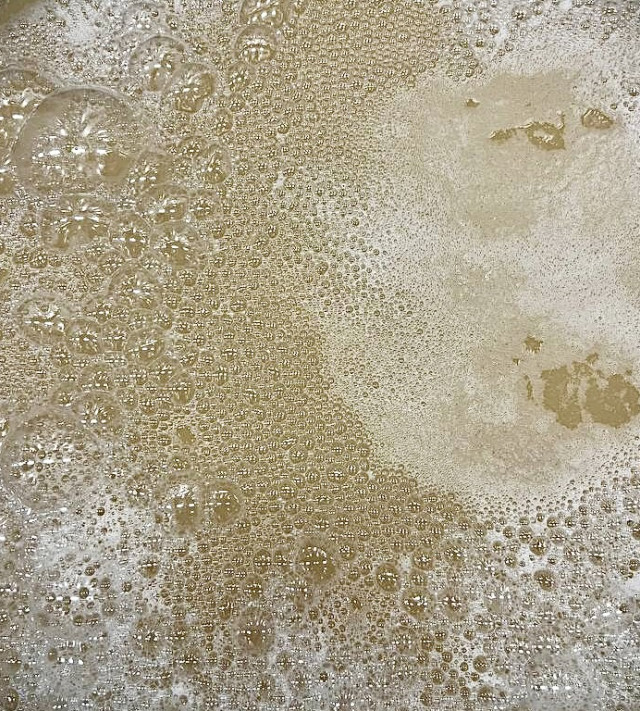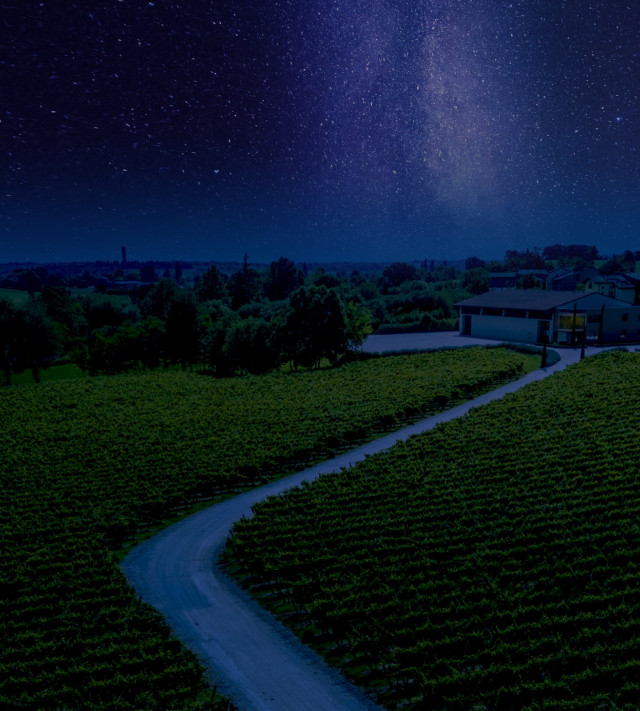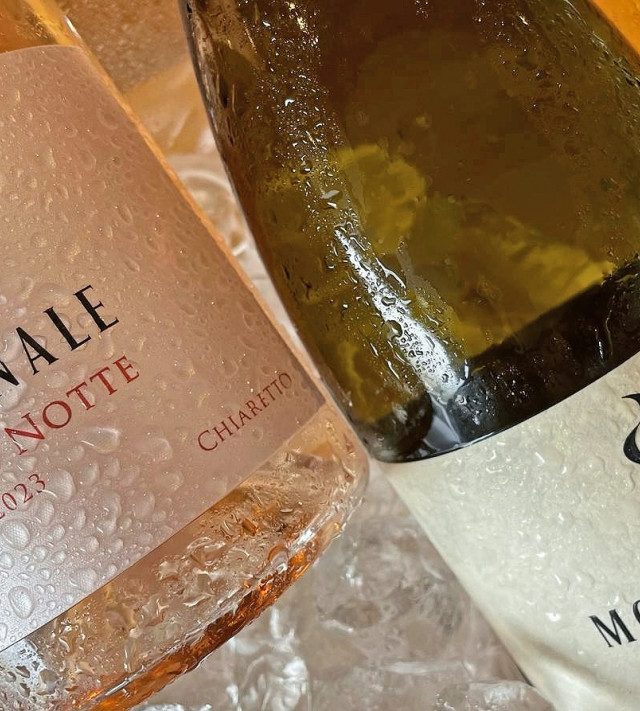There is some confusion between barrique and tonneau . They are both excellent vessels for aging wines and both are made of wood, usually oak.
The barriques, however, have a capacity of 225 liters, while the tonneau from 500 to 700 liters and are created with thicker and more solid staves.
Which will the winemaker choose for his wines? Which of the two will enhance their personality, without hiding it behind the well known features of the wood?
"At Montonale I chose the refinement in 500-liter tonneau", says Roberto Girelli . “After years of experimentation, I have come to the conclusion that this container, thanks to the ideal connection between surface and content, guarantees the correct supply of oxygen. We are not interested in "seasoning" our wines with wood, but in making them evolve thanks to micro-oxygenation . Every year we visit our master coopers, one in Burgundy and one in Bordeaux. We personally choose the woods, evaluating the grain - necessarily fine - and the aging - three years minimum en plein air, they must be reinforced by the weather ".
During the tours in the cellar we noticed that the stop-over in the barrel room is particularly appreciated. After all, it is a magical place, with its soft lights, the scent of wood and the orderly rows of branded tonneau, where time seems to stand still.
In the first three rows we find the tonneau of La Conta , our blend of Cabernet Sauvignon and Merlot, whose woods are toasted according to tradition and bent with fire, to influence the wine more vigorously, helping us to "tame" the tannins of Cabernet.
The fourth row is dedicated to our Lugana Orestilla , which we refine in containers with steam-bent staves. A more "delicate" approach, which allows us to highlight the organoleptic characteristics typical of the Turbiana grape.
In our cellar the tonneau have a short life cycle , as we want to extract only the best from the wood: those of Orestilla remain in Montonale for only one year, to be then resold to other wineries; those of La Conta are used for three years, then sold to be regenerated and used by producers of red wines.



